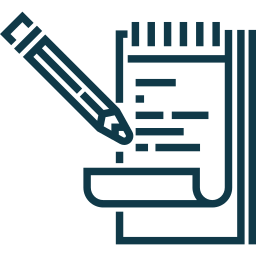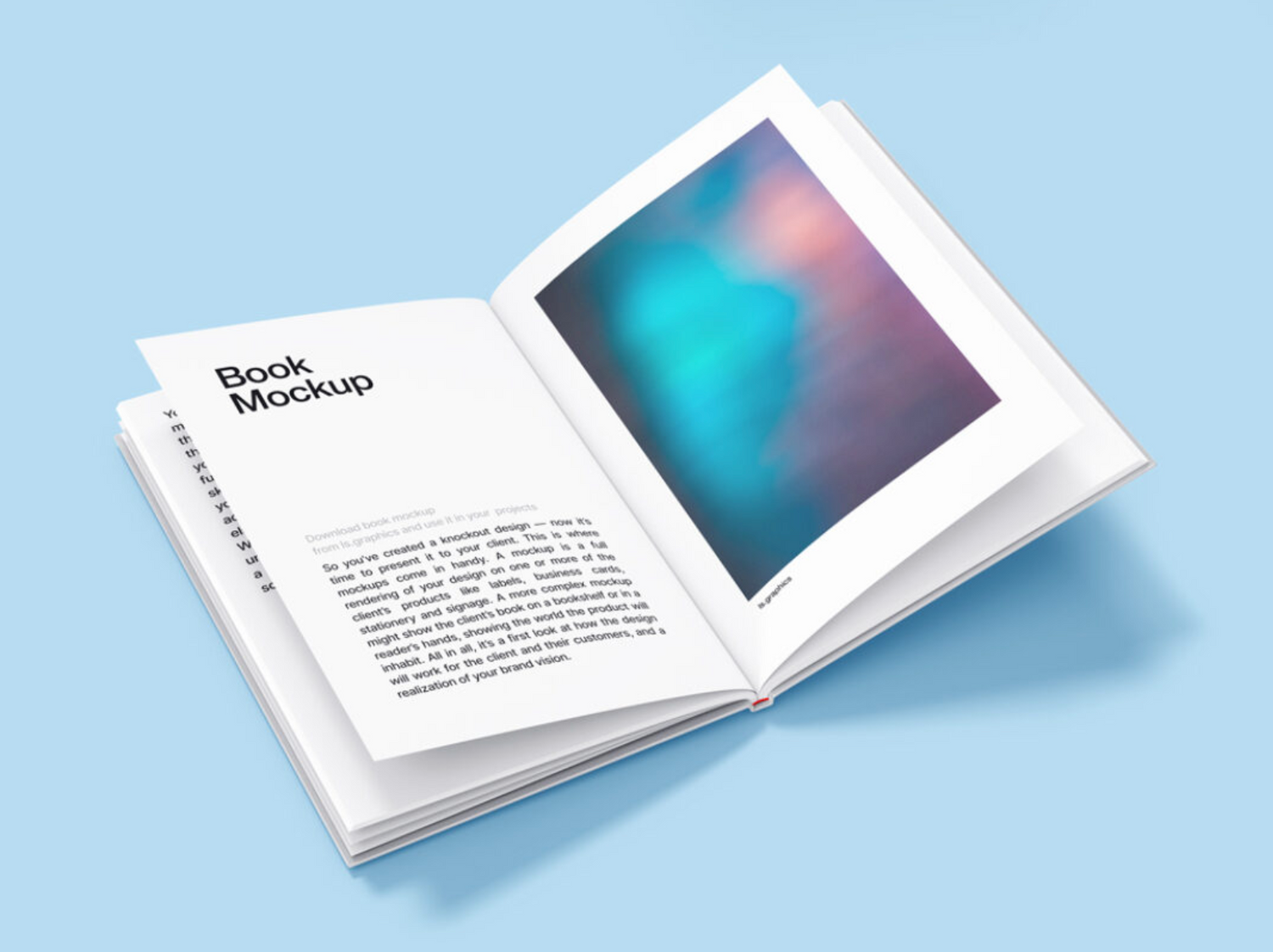Boost your funding, publication, and career
Thanks to tips from journalism, marketing, & design
Do your papers and proposals get rejected because you don't use proven methods from journalism & marketing?
If you're like most researchers, you've learned to design papers, proposals, talks, CVs… on the job, by scraping tips from advisers and colleagues.
These methods often feel old - reviewers are tired from reading clichés such as "We will use interdisciplinary, cutting-edge, innovative methods". At best, they skim over them, at worse they get annoyed.
But what can you do instead?

Evidence-based methods inspired from journalism, marketing & design
Fortunately, help is available from industries that have over 100 years' experience in presenting convincingly: marketing, journalism, and design. In this site and blog, you will find proven methods to design compelling research proposals, papers, talks, CVs… derived from these industries and adapted to research.
These methods are evidence-based, unlike the tips you learned from colleagues. Did you know there are dozens of articles that analyze funding panels and how they take their decisions? With this information, I designed writing methods that maximize your chances of success based on objective criteria.

Won't borrowing writing methods from marketing denature research?
Isn't the science the most important? If I apply writing methods inspired by marketing and journalism, don't I denature the science and reinforce the current focus on soundbites?
In a word: no. Even if funding were plentiful and competition non-existent, you would still need to write and present your work clearly to non experts. It's a particularly hard skill, so you need all the help you can get!
And ‘marketing’ isn't a dirty word; it's the art, or science, of convincing. It can be used for good or bad, and here you'll use it for good. Besides, putting a bit of journalism and design in your work is fun and refreshing – and we need this, because research can be a slog at times, can't it?
But don't take my word for it - browse through the testimonials below.

As a consultant for ERC fellowships, I see the difference between researchers who apply David's methodologies and others.
Those who have had the privilege of his advice come to me with a clear structure for their project, which allows us to dive deep into the elements that will make the difference in the funder’s eyes.
David’s methodologies are simple but powerful. His book is a great complement to his courses, allowing researchers to design a reviewer-friendly proposal step by step.
Michela Mori
Senior consultant and coach, Aix, France

David’s courses and book helped me create persuasive, easy-to-read research proposals.
I have attended two courses by David to prepare an ERC application and interview, which was successful, and the methods he exposed, further developed in his book, were a eureka moment for me.
David’s courses and book are focused on developing a ‘mechanistic’ way of writing your proposals. By using a few, well laid-out elements and assembling them around a clear idea, you can create an easy-to-read and impactful proposal. And improve any kind of writing (e.g. research articles), not just proposals.
I realized that in many instances I made it more difficult than needed for the reviewers of my proposals to support me. The courses and book provided me with an easily implemented toolkit to write simpler, better proposals. At first, I had a resistance towards throwing many beloved practices of writing overboard! But after comparing the initial and final grant applications, it's easy to see the difference…
Tilman Grünewald
Team leader, Fresnel Institute, Marseille, France

What makes More Time for Research different?
The one thing that separates More Time for Research from other websites devoted to researchers is its focus. Whether you want to design a proposal, a paper, or a slide, you will only need to focus on a few aspects – the most important ones.
Instead of a mountain of information, every topic has been decomposed into its main components – especially those that are often negelected by researchers. You only need to focus on these aspects, and by doing 20% of the effort, you will get 80% of the results.

As a researcher myself, I’ve been to plenty of meetings organized by the University to help us get funded and published. They always said the same things: “you must stand out"; "you must tell a story". These tips were useless to me – what I wanted to know was how to stand out, or which story I could tell in my articles or proposals.
Now, having worked for many years in research funding, management & communication, I know precisely how researchers can stand out and which stories they should tell. And what to focus on when giving a talk, initiating a collaboration, or passing a hiring or funding interview. This is what I want to share with you.

Where to start: the free guide and newsletter
Start with the free guide Being clear without dumbing down. It gives you 3 simple but powerful tips for designing papers, proposals and talks that are clear for non-experts without denaturing the science. It's only 13 pages, so you can read it in one sitting.
Browse the newsletter and judge by yourself
The free newsletter will give you efficient tips on all aspects of communicating your work – from clarifying any research document to the main points to discuss when initiating a collaboration. Each tip is concise, you've probably never heard it, and it will give you food for thought. Browse through some posts and judge by yourself.